Reason 1: it saves space in landfills
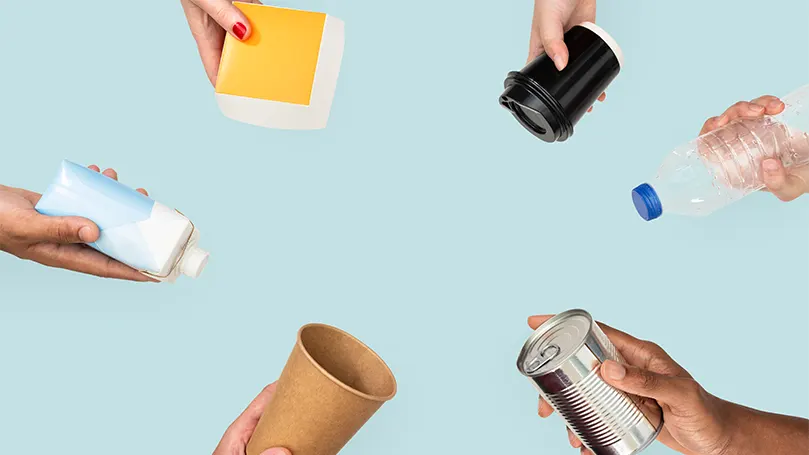
It has been estimated that in 2017 UK citizens have thrown away a whopping 7 million mattresses. And according to the National Bed Federation, only 19% were recycled! That means that over 5.8 million mattresses ended up in a landfill just that year.
Now try to actually picture what 5.6 million old mattresses look like. Here's a hint – 600 000 when stacked atop each other is 100 times taller than Ben Nevis.
And keeping landfills under control is essential if you want to be environmentally friendly. After all, once a landfill is full, either it expands or people start illegally dumping their garbage where they're not supposed to.
Reason 2: fewer dangerous chemicals in the air
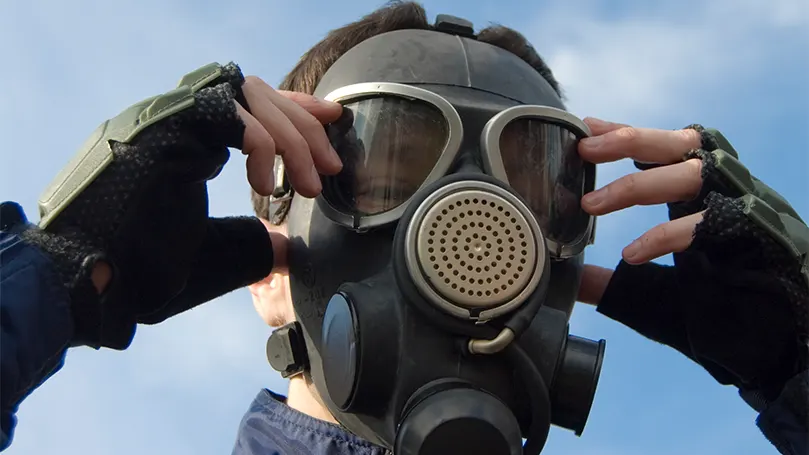
Although mattress manufacturers have started integrating biodegradable materials into their products, most mattresses can still be rather harmful to the environment. After all, they can stick around for decades (even up to a century).
And if that wasn't bad enough, plenty of chemicals are also released over the years. Pocket spring mattresses become packed with corroded metal, foam mattresses start decomposing and releasing toxic sludge, and hybrid mattresses do both!
Before you know it, your old mattress ends up in water systems, in the soil, and in the air. So, you can see why mattress recycling helps nature out quite a bit.
Reason 3: it's less wasteful
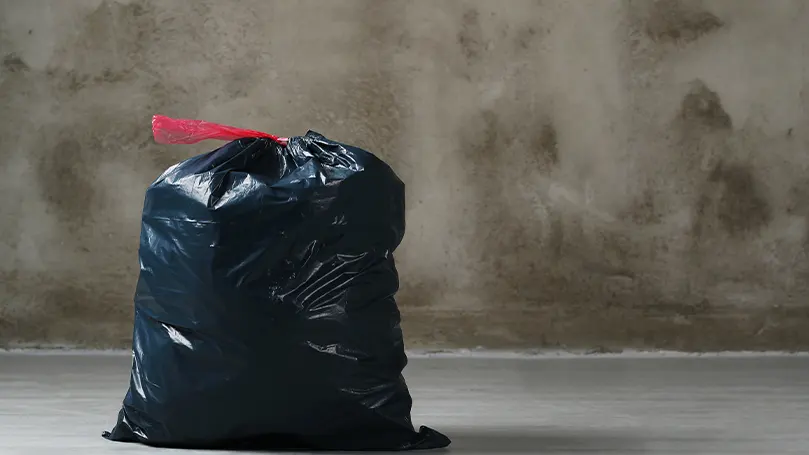
High-quality mattresses can be very expensive and they often sport sought-after materials such as Tencel or down. Even the springs can be reused in so many ways! But if you just dump your old mattress and then get a new one, all of those materials are likely going to waste.
And this is quite a shame, as quite a few parts of the mattress can be used to make new products. For example:
- Springs – the springs are the most versatile, as they can be melted down and used to make a wide range of iron-based products.
- Wadding – the wadding can sometimes be reused to make cushion fillings and similar items.
- Faom – the foam can be used to create carpet underlay or even refuse fuel once fully recycled.
- Mattress covering – can be used for other covers or as refuse fuel.
Not to mention that certain manufacturers, like Simba, also use recycled materials in order to create parts of their mattresses – thus cutting down on the amount of foam or padding needed. So, the mattress recycling process saves materials on multiple fronts.
Reason 4: you're supporting a good business

Although we can't know whether all aspects of a certain business are moral, we still think it's important to support businesses that are at least trying to fight the good fight. Panda Hybrid mattress is a sustainable product and this is one of the best examples for business that deserve the support. After all, these businesses usually support green initiatives and often time help out the community as well.
Be it through a mattress disposal service where the old mattress is then recycled or by donating said mattress to charity, these businesses can do some good. And if you're already planning on throwing your old mattress away and don't know how to recycle mattresses yourself, this is the best thing you can do.
So, we'd like to shout out a few bedding manufacturers that seem to be doing good work. However, do note that this is not a complete list:
- Simba – commonly uses recycled materials for their eco mattresses.
- Silentnight – commonly uses recycled materials for their eco mattresses
- Scooms – eco-friendly practices and recyclable packaging
- Panda – recyclable and recycled boxes, recyclable components
- Urbanara – features recycled components
- Dunelm – has an entire campaign about sustainability.
And there are many other great initiatives out there. Companies like Sleepeezee donate to the Children's Hospital Charity, Aeyla gives to the Young Minds Charity and protects the rainforests, and so on.
Reason 5: you're still getting a good mattress

So far we've focused a lot on why you should recycle your old mattress and/or get a recycled mattress in order to save the environment. However, we want to be perfectly clear, your new mattress is still going to be amazing.
This is because brands that offer replacing mattresses usually also do their best to make the recycled mattress as good as their standard model. In other words, you're likely getting both the best mattress UK has to offer, and helping the environment! So, we're just going to shout out a few of our favourite mattresses that utilise recycled components:
- The Silentnight Eco Comfort Miracoil Luxury Mattress – What makes this mattress stand out is that it's 100% recyclable. Despite that, as the name would suggest, this mattress offers nothing short of luxury when it comes to comfort.
- The Harrison Spinks Levisham 3250 Pocket Mattress – Not only is this mattress easily recyclable but it also features an Eco-polyester layer made exclusively from recycled materials. It also sports some admirable temperature regulation properties.
How to recycle your mattress?
By this point, maybe we've convinced you to opt for a recycled mattress. However, that still begs the question “how to recycle your old mattress?”. Well, there are a few ways you can go about doing this.
Take The Mattress To A Recycling Centre
If you have a van or any other vehicle big enough to fit a mattress, you can simply take it to a recycling centre by yourself. Just Google the nearest recycling centre, strap the old mattress in and go for a drive. However, we do recommend also doing a bit of research on the centre, as there can always be bad actors – even when it comes to recycling.
Contact Your City Council
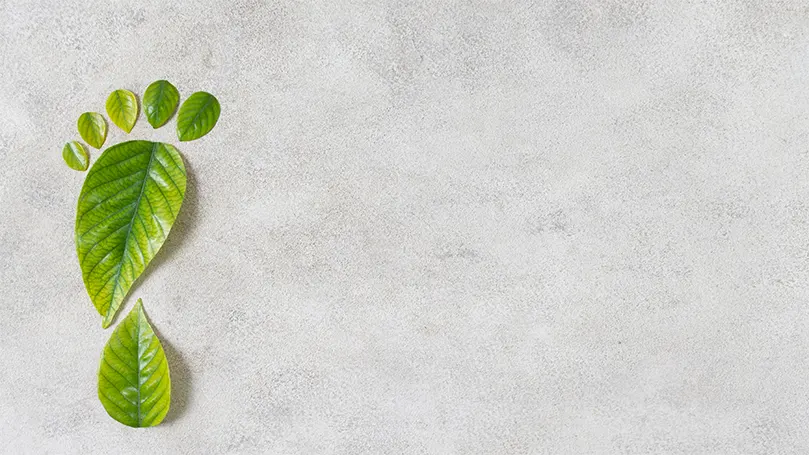
The city council can also help you get rid of your old mattress, although there are two things you should keep in mind. Number one, there might be a fee depending on the city – while Liverpool City Council offers free waste pick-up, a different local council might charge 10 pounds or more.
Secondly, if you want to be a true mattress recycler, do a bit of research. We know we're being repetitive with this, but it's essential that you know your mattress won't just end up in a landfill.
Do It Through The Mattress Company
Many mattress manufacturers offer mattress removal and recycling. From individual efforts to partnering up with the Furniture Recycling Group, you can usually make sure the mattress is recycled and only pay a small fee.
As you can see, there are a fair amount of options. And if you'd like to know about the process of mattress disposal in-depth, we recommend reading our article on that topic!
How often should I change my mattress?
Now that you know why you should get a recycled mattress, and that you should recycle your old mattress, the only question left to answer is “when do I need a new mattress?“. After all, the only thing better than recycling is sticking to a product you already have.
That being said, answering this question is a bit tricky, as it really depends on who you ask. For example, The Sleep Council states you should do it every 7-8 years. But if you ask the average Joe, they'd probably say they do it once every fifteen years.
And while we can't vouch for Joe's qualifications, not all mattresses succumb to wear and tear at equal speeds. So, we suggest reading our full guide on when you need a new mattress and making the decision accordingly. But at least now you know that a recycled mattress is a completely valid option!
Spread the word
References & resources
Related products:
- Simba GO Hybrid Mattress Review – Is This The Perfect Eco Mattress?
- Just Breathe Eco Comfort Hybrid Mattress by Silentnight Review
- Silentnight Eco Comfort Mattress Topper Review
Recommended reading:

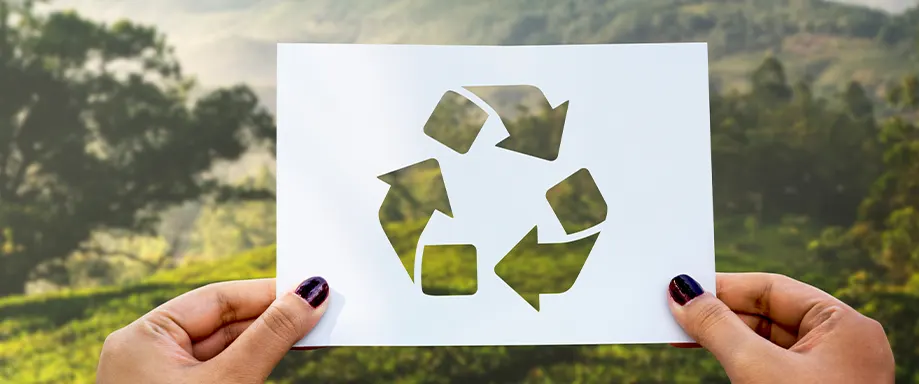

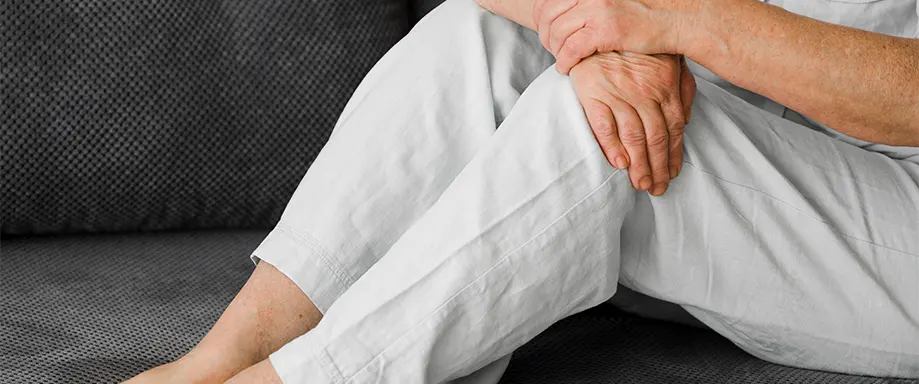











There are no comments yet
"*" indicates required fields